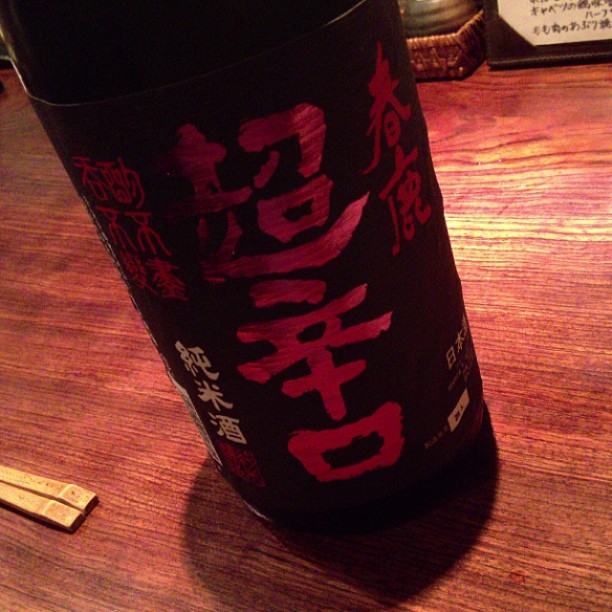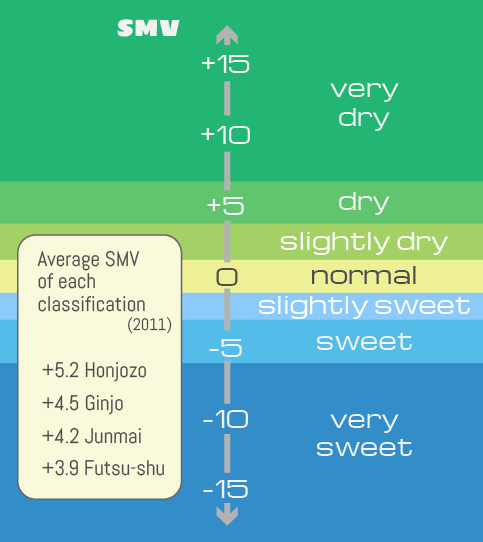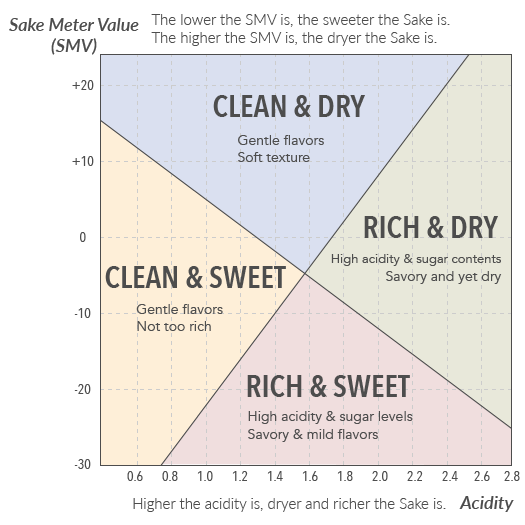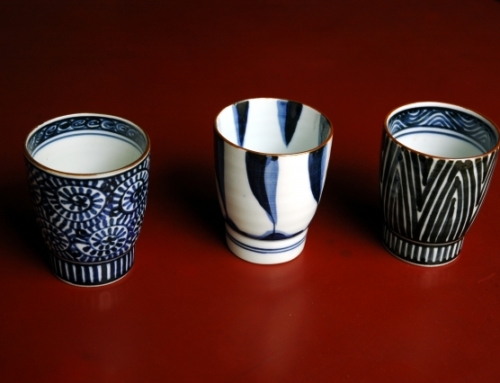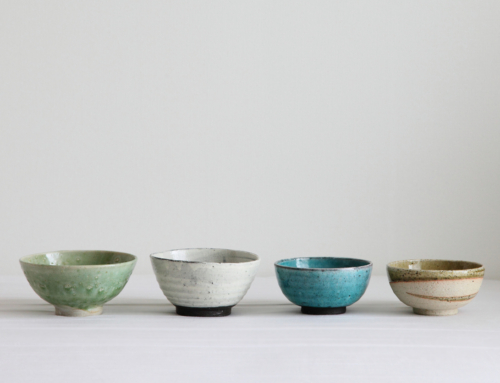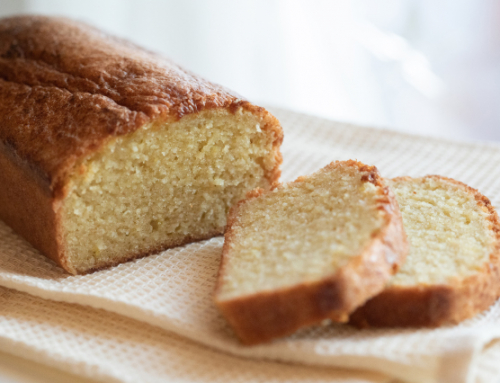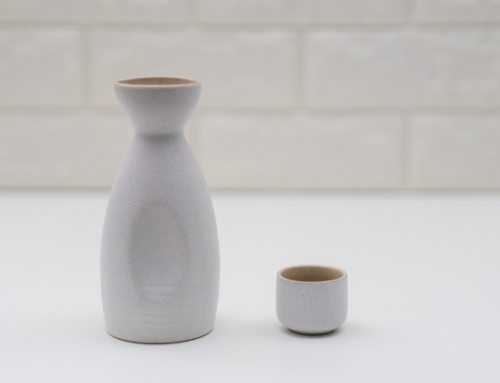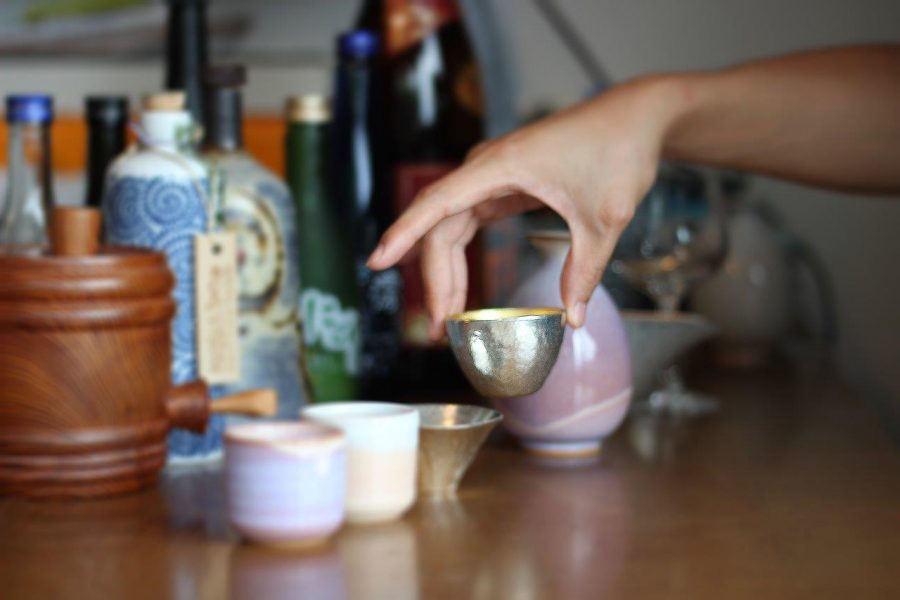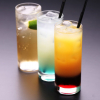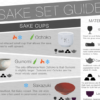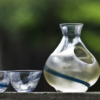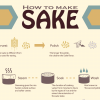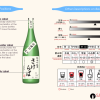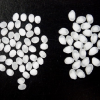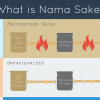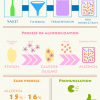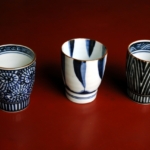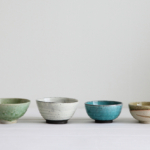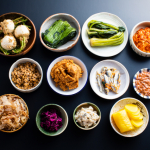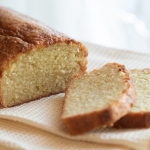Contents
Ever wondered whether a Sake you are looking to buy is sweet or dry? If you can read the label, you could be able to tell if it’s sweet sake or dry sake.
Some Sake bottles have a label that says ‘Dry (辛口)’, or ‘Sweet (甘口)’. But this is not the case for all the Sake. So how can you tell whether the Sake is dry or sweet without tasting it. Basically, the Sake Meter Value and the Acidity can imply the dryness/sweetness of Sake.
Sake Meter Value
Whether a certain sake is dry or sweet is determined by the balance between its sugar content and its alcohol percentage, which are measured by Nihonshu-do (日本酒度) or Sake Meter Value (SMV). The more the sugar content is in sake, the greater the negative value of SMV is. On the other hand, the greater the alcohol percentage of sake, the greater the positive value of SMV is.
Basically, the greater the SMV is, the drier the sake tends to be, and vice versa. The SMV or Nihonshu-do is often shown at the bottle label (usually on the back label). This is one of the indications we should look at before buying sake. Also visit Sake Label Page to learn how to read the sake labels.
Acidity
Having said that, SMV is NOT the only determinant of sweetness / dryness of sake. The flavors of sake are not that simple. Sweetness and dryness that we feel when tasting sake also depends on acidity as well as sugar content and alcohol percentage. Japanese sake contains malic acid, succinic acid, lactic acid, etc. that affect the taste of sake. The more acid the sake contains, the drier the sake tastes. The less acid, the sweeter.
For example, a sake with SMV of +1 is ‘normal’ in terms of sweetness / dryness. However, if lactic acid is added to this sake, it will taste drier. On the other hand, if the sake has fruity aromas, the sake tastes sweeter.
Here’s the graph to show the balance between acidity and SMV.
Also, the warmer the sake, the sweeter it tastes. So the sweetness / dryness of a certain sake can vary with at what temperature you drink it.
To sum up, the determinants of dryness of sake include:
- Sugar content and Alcohol percentage, measured by SMV (Sake Meter Value) or Nihonshu-do (日本酒度)
- Acidity (The more acid, the drier)
- Fruity aromas (sweeter)
- Temperature of sake (the warmer, the sweeter)
Some descriptive words on the sake bottle about dryness and sweetness:
- 辛口 (karakuchi): dry
- 超辛口 (cho-karakuchi): super dry
- 極辛 (goku-kara): super dry
- 激辛 (geki-kara): super dry: Those three mean the same dryness.
- 甘口 (amakuchi): sweet

